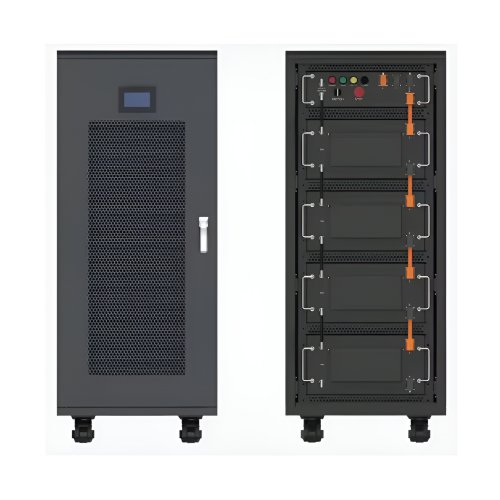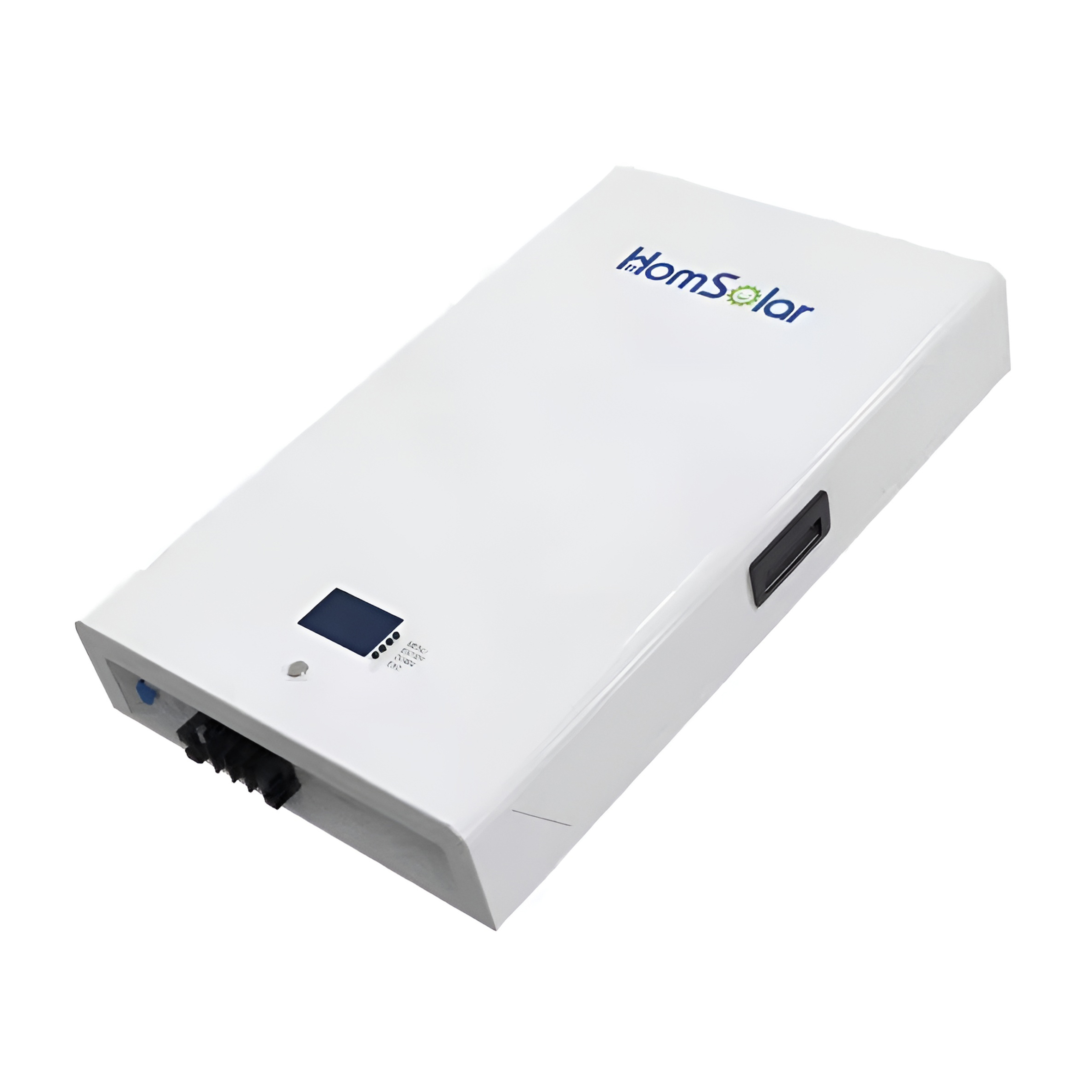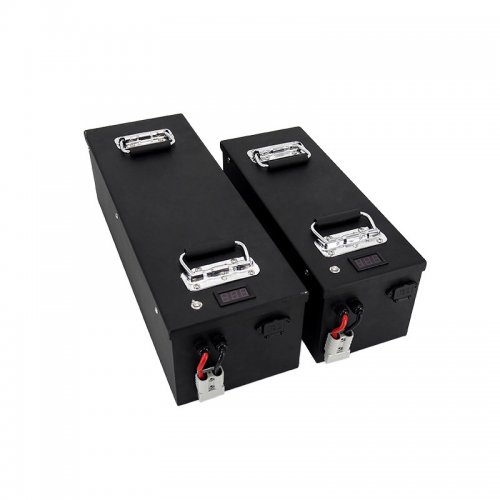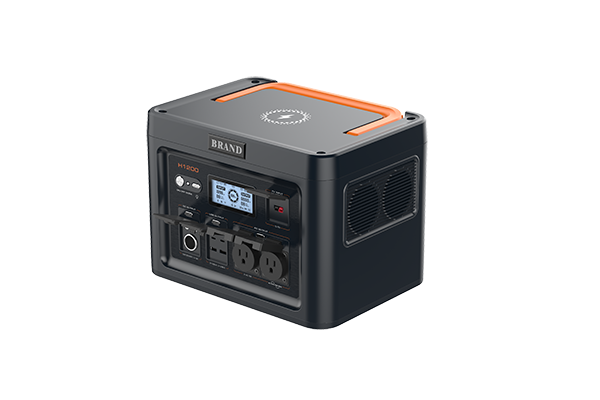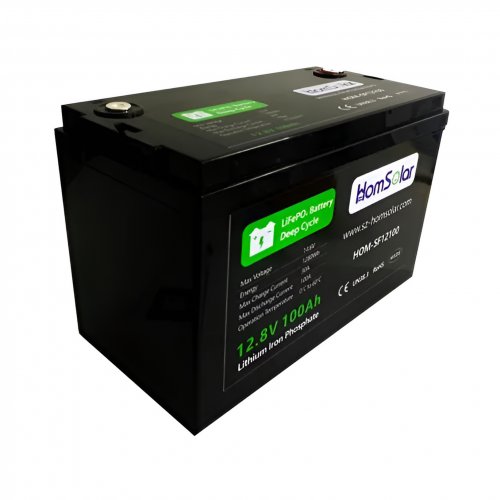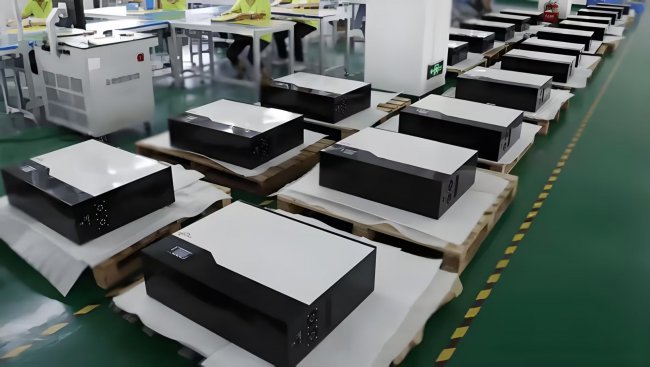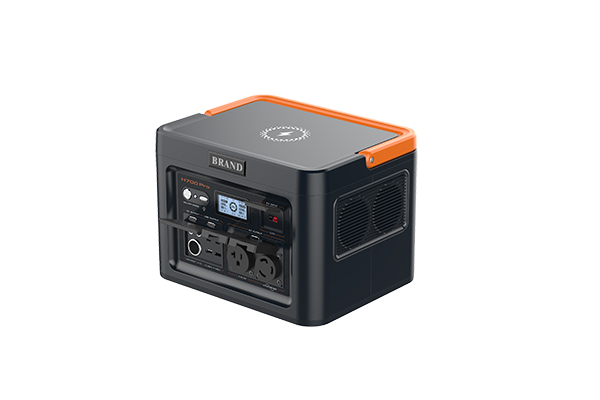Advances In Carbon Coating: Enhancing Performance In Energy Storage And Conversion
Introduction
Carbon coating, a process involving the deposition of a thin layer of carbonaceous material onto the surface of particles or substrates, has emerged as a cornerstone technology in materials science, particularly for energy applications. This technique, which encompasses methods like chemical vapor deposition (CVD), hydrothermal carbonization, and pyrolysis of organic precursors, is no longer merely a surface modification but a critical engineering strategy to tailor interfacial properties. The primary objectives of carbon coating are to enhance electrical conductivity, prevent undesirable side reactions, improve structural stability, and facilitate efficient ion transport. Recent research has significantly advanced our understanding of its mechanisms, leading to sophisticated designs and breakthroughs in battery technologies and electrocatalysis.
Latest Research Findings and Technological Breakthroughs
The most impactful progress has been made in the realm of lithium-ion batteries (LIBs) and the burgeoning field of next-generation batteries. For cathode materials, particularly those suffering from low conductivity and transition metal dissolution like lithium iron phosphate (LFP) and high-nickel layered oxides (NMC), ultra-thin and uniform carbon coatings have proven transformative. Traditional methods often resulted in non-uniform or overly thick layers, hindering Li+ diffusion. A significant breakthrough involves the use of atomic layer deposition (ALD) or molecular layer deposition (MLD) techniques to create conformal carbon-based layers with sub-nanometer precision. For instance, a recent study demonstrated an in-situ MLD-derived carbon coating on NMC811 particles, which effectively suppressed parasitic electrolyte oxidation and cobalt dissolution, leading to a dramatic improvement in capacity retention after 1000 cycles at high voltage (4.5 V vs. Li/Li+) (Zhang et al., 2022).
For anode materials, research has moved beyond conventional graphite. Silicon-based anodes, with their immense theoretical capacity, are plagued by severe volume expansion (>300%) during lithiation. A cutting-edge approach involves designing hierarchical or double-layer carbon coatings. A 2023 study showcased a dual-layer coating on Si nanoparticles: an inner, rigid layer of amorphous carbon to constrain expansion and an outer layer of softer, more conductive graphene sheets to maintain electrical percolation and stabilize the solid-electrolyte interphase (SEI) (Lee & Park, 2023). This architecture resulted in a stable cycling performance with over 90% capacity retention after 500 cycles.
In the domain of lithium-sulfur (Li-S) batteries, carbon coating plays a pivotal role in addressing the polysulfide shuttle effect. The latest innovation focuses on coating sulfur cathodes with heteroatom-doped (e.g., N, O, S) carbon layers. The doped atoms act as polar adsorption sites, chemically trapping lithium polysulfides. A notable advancement is the development of a nitrogen and cobalt co-doped carbon layer derived from a metal-organic framework (MOF) precursor. This coating not only physically confines sulfur but also catalyzes the conversion kinetics of polysulfides, drastically reducing capacity fade (Wang et al., 2023).
Beyond batteries, carbon coating has revitalized electrocatalysis for reactions like the oxygen reduction reaction (ORR) and oxygen evolution reaction (OER). Coating non-precious metal catalysts (e.g., transition metal oxides, nitrides, or carbides) with a graphitic carbon shell protects them from corrosion in acidic or oxidative environments while tuning their electronic structure for enhanced activity. A breakthrough was achieved with a core-shell catalyst featuring cobalt nanoparticles encapsulated within a few layers of nitrogen-doped graphene. The carbon coating was precisely engineered to be permeable to reactants and products while shielding the core, resulting in ORR activity and stability rivaling platinum-based catalysts (Wu et al., 2022).
Future Outlook and Challenges
The future of carbon coating research is directed towards greater precision, multifunctionality, and sustainability. The first direction involves moving from simple, monolithic coatings to smart, multi-functional, and hierarchically structured layers. Future coatings may incorporate gradient compositions, with varying degrees of crystallinity and doping from the interior to the exterior, to simultaneously optimize mechanical strength, ionic conductivity, and electrochemical stability. The integration of in-situ characterization techniques, such as transmission electron microscopy (TEM) and X-ray photoelectron spectroscopy (XPS), during the coating process will be crucial to understand the formation mechanisms in real-time and achieve unparalleled control.
Secondly, the exploration of novel carbon precursors, especially from sustainable biomass sources, will gain prominence to align with green chemistry principles. Research will focus on tailoring the pyrolysis conditions of these biopolymers to achieve desired coating properties, reducing reliance on fossil-fuel-derived precursors.
A significant challenge remains the scalable and cost-effective synthesis of ultra-uniform coatings on complex nanostructures or porous materials. While ALD/MLD offer exceptional control, their high cost and low throughput are barriers to industrial adoption. Future work must bridge this gap by developing novel chemical vapor or solution-based processes that can achieve similar uniformity at a larger scale. Furthermore, for battery applications, understanding the long-term evolution of the coating interface under extreme cycling conditions (e.g., high rates, wide temperature ranges) is critical. The interaction between the carbon coating and the evolving SEI or cathode-electrolyte interphase (CEI) requires deeper investigation through advanced computational modeling and operando techniques.
Finally, the application space for carbon coatings will continue to expand into areas such as photocatalytic water splitting, where carbon layers can serve as electron mediators and corrosion inhibitors, and in biomedical devices for improved biocompatibility and drug delivery.
Conclusion
Carbon coating has evolved from a simple concept to a sophisticated materials design tool. Recent breakthroughs in precision deposition, multi-layer architecture, and heteroatom doping have unlocked new levels of performance in energy storage and conversion devices. As research continues to tackle challenges in scalability, interfacial understanding, and sustainability, carbon coating is poised to remain an indispensable strategy for engineering next-generation functional materials, solidifying its role at the forefront of technological innovation.
ReferencesLee, H., & Park, S. (2023). Dual-layer carbon-encapsulated silicon nanoparticles for high-performance lithium-ion battery anodes.Advanced Energy Materials, 13(15), 2203456.Wang, Y., Zhang, R., Chen, J., et al. (2023). Catalytic Co-N-doped carbon coating for confining and converting polysulfides in high-loading lithium-sulfur batteries.Nature Communications, 14, 987.Wu, G., Zheng, X., Cui, Z., et al. (2022). Engineering the electronic structure of single-atom catalysts on carbon supports for highly efficient oxygen reduction.Journal of the American Chemical Society, 144(39), 17931-17938.Zhang, L., Wang, J., Yang, X., et al. (2022. Ultrathin conformal carbon layer modification by molecular layer deposition for high-voltage LiNi0.8Mn0.1Co0.1O2 cathode.ACS Applied Materials & Interfaces, 14(12), 14153-14161.
Customized/OEM/ODM Service
HomSolar Supports Lifepo4 battery pack customization/OEM/ODM service, welcome to contact us and tell us your needs.


HomSolar: Your One-stop LiFePO4 Battery Pack & ESS Solution Manufacturer
Our line of LiFePO4 (LFP) batteries offer a solution to demanding applications that require a lighter weight, longer life, and higher capacity battery. Features include advanced battery management systems (BMS), Bluetooth® communication and active intelligent monitoring.

Customised Lithium Iron Phosphate Battery Casing
ABS plastic housing, aluminium housing, stainless steel housing and iron housing are available, and can also be designed and customised according to your needs.

HomSolar Smart BMS
Intelligent Battery Management System for HomSolar Energy Storage System. Bluetooth, temperature sensor, LCD display, CAN interface, UART interface also available.


Terminals & Plugs Can Be Customized
A wide range of terminals and plugs can be customised to suit the application needs of your battery products.

Well-designed Solutions for Energy Storage Systems
We will design the perfect energy storage system solution according to your needs, so that you can easily solve the specific industry applications of battery products.



About Our Battery Cells
Our energy storage system products use brand new grade A LiFePO4 cells with a battery lifespan of more than 4,000 charge/discharge cycles.



Applications in Different Industries
We supply customized & OEM battery pack, assemble cells with wiring, fuse and plastic cover, all the cell wires connected to PCB plug or built BMS.
Applications: E-bike, Electric Scooter, Golf Carts, RV, Electric Wheelchair, Electric Tools, Robot Cleaner, Robot Sweeper, Solar Energy Storage System, Emergency Light, Solar Power Light, Medical Equipment, UPS Backup Power Supply.
We can provide you with customized services. We have the ability to provide a vertical supply chain, from single cells to pack/module and to a complete power solution with BMS, etc.


HomSolar (Shenzhen) Technology Co., Ltd









